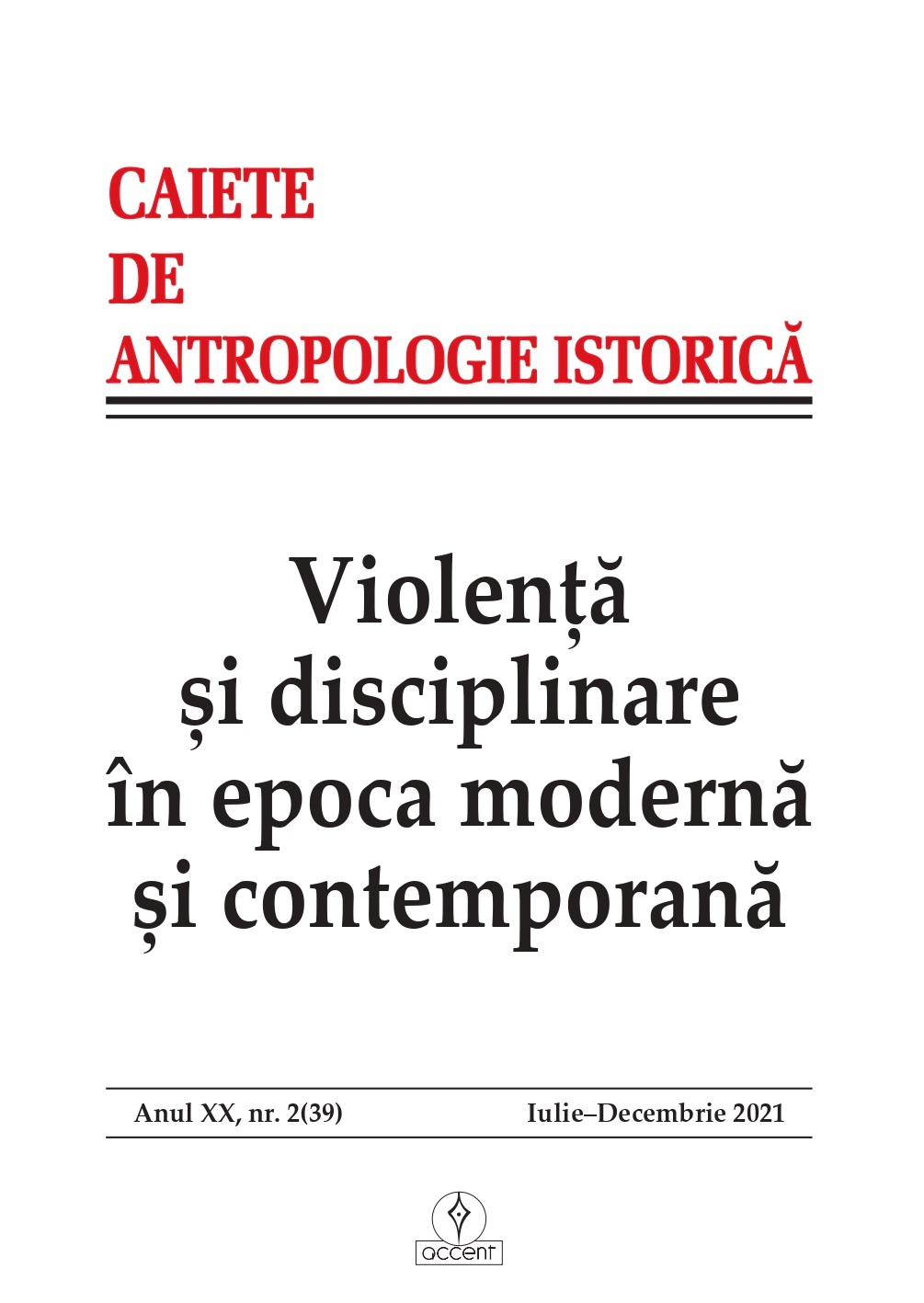Instaurarea regimului comunist și începutul terorii staliniste în Basarabia
The establishment of the communist regime and the beginning of Stalinist terror in Bessarabia
Author(s): Cristian BogatuSubject(s): Local History / Microhistory, Political history, WW II and following years (1940 - 1949), History of Communism
Published by: Accent Publisher
Keywords: Romania; Bessarabia; communist propaganda; Stalinist terror; Romanian anti-Soviet resistance; the Majadahonda movement;
Summary/Abstract: On June 28, 1940, Romania received an ultimatum from the Soviet Union, demanding the evacuation of the Romanian civilian administration and army from the territory between the Prut and the Dniester, known as Bessarabia, and the northern part of Bukovina. In most of the occupied territory, the Soviets proclaimed the Moldavian Soviet Socialist Republic. The southern part of Bessarabia, Bugeac, and northern Bukovina were annexed to the Ukrainian Soviet Socialist Republic. A large part of the population of Bessarabia withdrew across the Prut, in Romania, including the representatives of the Romanian administration in Bessarabia. The institutions of Bessarabia were reorganized from an administrative point of view, being brought officials from across the Dniester, convinced and Russified communists, with the mission to Sovietize the Bessarabian territory as urgently and efficiently as possible. Right from the first period of occupation (1940–1941), the Soviet authorities resorted to repression and mass killings, to terror, as a way of turning Bessarabia into a communist territory. In parallel with the repression, Soviet propaganda rose, trying to justify the Soviet occupation, calling it a liberation “from under the yoke of the Romanians”. From the first days of this “liberation”, thousands of copies of communist literature were brought to Bessarabia (books, newspapers, magazines), various slogans were launched, which glorified the communist “heaven”. Based on this Soviet literature, the history of Bessarabia was written after the 1940s. In the years 1940–41, the passive forms of resistance consisted in the refusal to collaborate with the occupants, or the refusal of the peasants to enter the kolkhozes. The anti-Soviet youth organization “Majadahonda” was an anti-Soviet resistance movement, which appeared in 1940. It consisted of young people and teenagers from the regular school and some high schools in Orhei.
Journal: Caiete de Antropologie Istorică
- Issue Year: 2021
- Issue No: 39
- Page Range: 105-117
- Page Count: 13
- Language: Romanian

